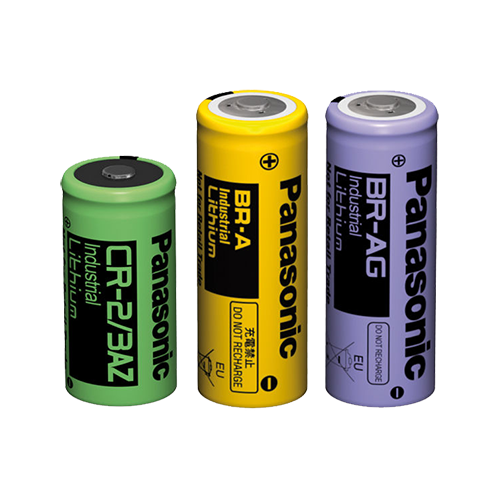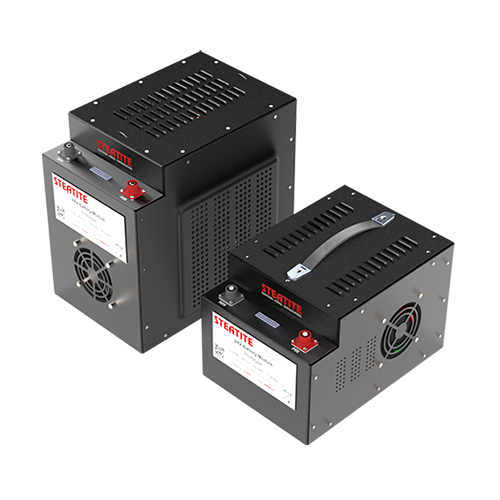What’s special about our BMS?
Steatite designs in-house, custom BMS which monitor and manage the voltage, current and temperature of li-ion batteries. Cell and cell string level monitoring ensures all cells are performing equally and the BMS balances cell string voltages when this is required, extending the lifecycle and performance of the battery. The BMS may do other ancillary functions such as controlling a charger, switching contactors or turning a cooling fan on and off.
Output data is transmitted via I2C Comms data (suitable for small packs) or CAN bus protocols (best for larger packs) or other protocols to suit the application (Modbus, SMbus, SPI, Serial etc.). These bus types allow the attached equipment to access real-time monitoring and performance on the battery pack applications.
State of Health data shows the degradation level of the overall battery, alerting users to maintenance requirements and maximising the life of the battery.
State of Charge data indicates how much charge is left within the battery pack so users can efficiently plan the next charging cycle.
Our latest addition to the BMS family is specifically for 40-60v batteries and is due to manage the power for delivery drones, electric delivery vehicles, mobile welding machines and similar.
Each BMS is specifically configured for a particular use, making each system optimal for its own application. A change of usage for the battery has to be communicated as it might alter the condition of the power pack. Our battery experts can assist with these customisations.



